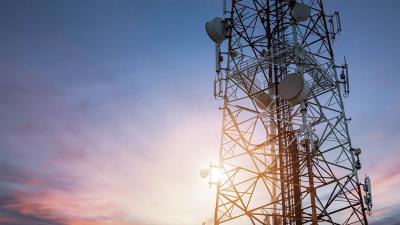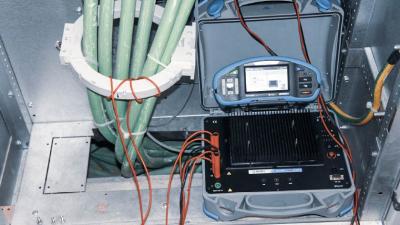Specific earth resistance measurement methods
Industrial installations

pecific earth resistance or earth resistivity is a property of the material that forms the ground at a location, describing the soil’s resistance or conductivity to electrical current. It is generally impossible to determine analytically, since a large number of variables contribute to it. Soil can be composed of different materials. Compactness, humidity and temperature all play a part. Therefore, while it is possible to give an estimation of resistivity based on these features and tables of values, measurement is the only reliable way to determine it.
Specific resistance is generally measured as resistance per unit of the material. In case of soil, a meter (for distance) is an appropriate unit. There are two most commonly used measurement methods: Wenner method and Schlumberger method.
Application Notes
Measurements
Wenner is possibly the most common. It requires 4 probes or pins set at equal distances, pushed into an equal depth in the soil. This depth should be similar to the expected depth of future grounding system. Outer two probes are connected to current generator while the inner two measure voltage with a high-resistance voltmeter.

The measured resistance RW is used to calculate the resistivity of soil using distances between probes a and depth of probes b.

If b is small compared to a, it can be reduced to:

Metrel recommends the a to be 20 times higher than b.
Schlumberger method uses uneven distances between the probes: distance between inner voltmeter probes are a, while distance from voltage to current probes is c. Probes’ depth is b.

Similarly, current is injected and voltage measured. Soil resistivity is calculated from the resistance RS.

Metrel offers multiple instruments that can amongst others perform specific earth resistance measurements. MI 3290 Earth Analyser supports calculating both Wenner and Schlumberger methods. It is the most comprehensive instrument for measuring earth resistance with IEEE-81 methods and more. MI 3295 Step and touch system only supports the Wenner method. It is the more powerful instrument with fewer functions, applicable to large systems. MI 3155, the installation tester, supports the Wenner method as well. It is amongst the most multifunctional testers in the Metrel portfolio and a great choice for industrial locations.




























